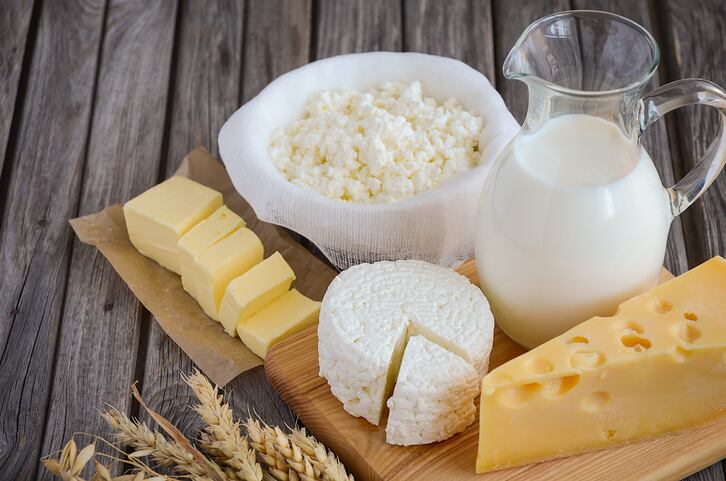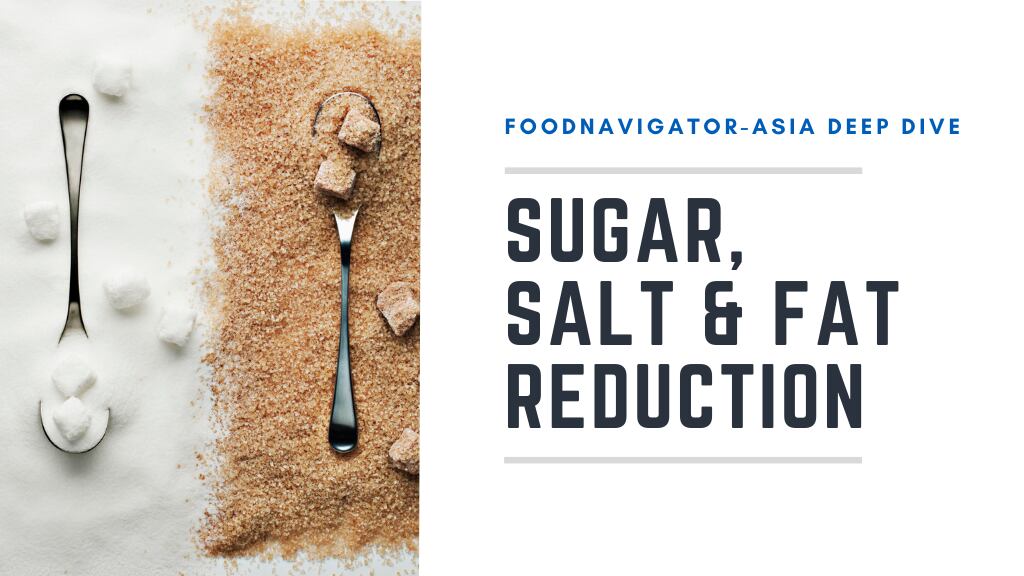Conducted by researchers with affiliations in Canada and Iran, this study revealed people who had a higher consumption of low fat milk and low fat yoghurt had a lower risk of T2D than those who were relatively stable in their consumption or decreased their intake.
Published in Nutrition Journal, these data suggest a role of low-fat dairy products in the prevention of T2D among prediabetes patients.
Diet modification is recommended as an effective strategy in patients with prediabetes to prevent or delay the onset of T2D, however, the literature on the association of dietary intake with incident T2D among individuals with prediabetes is limited.
So in this study, researchers evaluated the changes in consumption of all types of dairy (high-fat milk, low-fat milk, low-fat yogurt, high-fat yogurt, regular cheese, and cream cheese) in relation to the subsequent risk of incident T2D.
Study design
This cohort study was based on the larger Tehran Lipid and Glucose Study (TLGS), which is a community-based, longitudinal study started in 1998 to determine the risk factors for non-communicable diseases in the urban population of Tehran. Follow-up visits happened at approximately 3-year intervals.
For this current study, 639 adult individuals from the fourth cycle (2009 to 2011) of the TLGS were recruited as baseline. These subjects were prediabetic, defined as fasting glucose levels of ≥100 to < 126 mg/dL (≥5.6 to < 7.0 mmol/L), or 2-h plasma glucose of ≥140 to < 200 mg/dL (≥7.8 to < 11.1 mmol/L).
Follow-up surveys were conducted in the fifth (2011 to 2014) cycle to study changes in dairy consumption, and in the sixth (2015 to 2018) cycle of TLGS to predict the incidence of T2D risk.
At baseline and the fifth cycle, a semi-quantitative food frequency questionnaire (FFQ) was used to collect dietary information.
Dairy products were defined as milk, yoghurt, cheese and ice cream. Subjects were categorised into three groups, stable consumption (±0.5 serving/d), increased consumption of > 0.5 serving/d, and decreased consumption of > 0.5 serving/d.
At baseline and all follow-up cycles, fasting plasma glucose and 2-h plasma glucose test were measured. At the fifth cycle, participants were removed from the study if they were diagnosed with T2D.
At the sixth cycle and after about 9 years of follow-up, 25% of participants were found to be diagnosed with T2D.
Dairy dietary findings
The results revealed how the frequency and composition of dairy products influenced the risk of T2D.
Compared with participants who had stable total dairy consumption, participants who decreased their total dairy intake had a 56% higher risk of subsequent incidence of T2D.
Each 0.5 serving/d increase in total dairy consumption over 3 years was also associated with a 15% lower risk of subsequent diabetes.
“Reducing the intake of total dairy products over time may increase the progression of T2D because dairy foods are being replaced by other, less healthy foods. For instance, those who decrease their dairy intakes may increase the consumption of sugar-sweetened beverages, which could result in a higher risk of T2D,” researchers said.
When comparing the type of dairy, those who had increased low-fat dairy consumption by 0.5 serving/d was associated with a 44% lower risk of T2D compared with maintaining stable consumption.
Replacing low-fat milk and yogurt with regular cheese was associated with 66 and 47% higher risk of T2D respectively.
An increase in the consumption of cream cheese (0.5 servings/d) was also associated with a higher risk of T2D.
Hence, increasing low-fat dairy consumption or replacing high-fat dairy with low-fat products was generally associated with a lower risk of diabetes.
Researchers added: “We estimated that replacing 0.5 daily servings of high-fat dairy with 0.5 daily servings of low-fat dairy was associated with 11% lower diabetes risk in the subsequent 3-year follow-up period.”
“These findings suggest a potential role of the fat content of dairy foods concerning the development of T2D.”
“This study benefits from a longitudinal design to imitate a large nutritional intervention investigating an aspect of changes in dairy products through a regular diet when individuals were living with prediabetes and in the diabetes development over a long-time period.”
Researchers acknowledged several limitations in the study, of which include the use of an FFQ which cannot estimate the ‘actual’ intake of participants. For example, cheese is commonly consumed in mixed meals and prepared foods.
The subject population was also residing in an urban setting hence the findings may not be generalisable to other populations, such as rural dwelling or other those with other ethnocultural backgrounds.
Source: Nutrition Journal
https://doi.org/10.1186/s12937-021-00745-x
“Changes in dairy product consumption and subsequent type 2 diabetes among individuals with prediabetes: Tehran Lipid and Glucose Study”
Authors: Emad Yuzbashian, et al.




